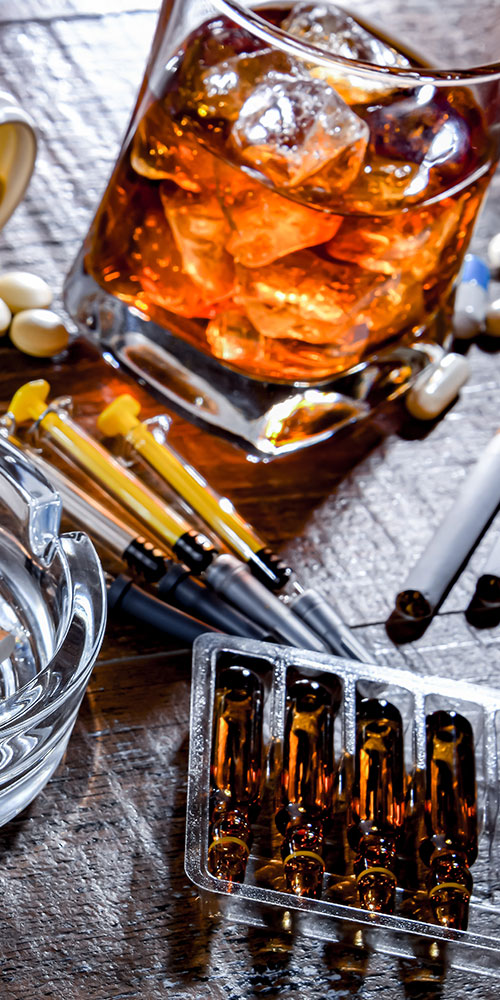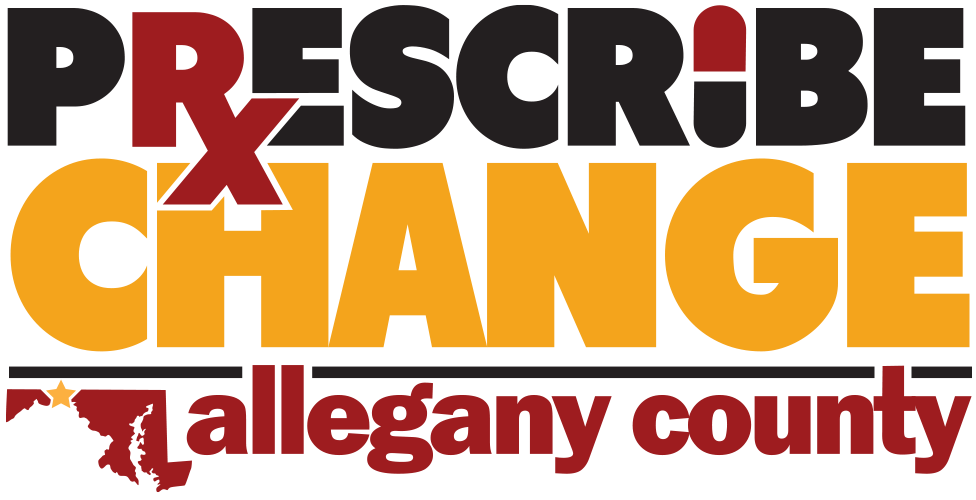Suspect Addiction or Substance Use? Get Help Now!
POLYSUBSTANCE USE
In 2019, nearly half of drug overdose deaths involved multiple drugs (polysubstance).
WHAT IS POLYSUBSTANCE USE? The use of more than one drug, also known as polysubstance use, is common. This includes when two or more are taken together or within a short time period, either intentionally or unintentionally.
Intentional polysubstance use occurs when a person takes a drug to increase or decrease the effects of a different drug or wants to experience the effects of the combination.
Unintentional polysubstance use occurs when a person takes drugs that have been mixed or cut with other substances, like fentanyl, without their knowledge.
Whether intentional or not, mixing drugs is never safe because the effects from combining drugs may be stronger and more unpredictable than one drug alone, and even deadly.
DANGERS OF POLYSUBSTANCE USE
Mixing stimulants
Examples of stimulants: ecstasy (MDMA), cocaine, methamphetamines, amphetamines (speed)
Stimulants (also known as uppers) can increase your heart rate and blood pressure to dangerous levels and increase your risk of several serious health problems. Combining stimulants may even directly or indirectly increase your risk of:
- Brain injury
- Liver damage
- Heart attack
- Stroke
Signs of use/overdose that may occur when mixing stimulants:
- Fast/troubled breathing
- Increased body temperature
- Nausea or vomiting
- Chest pain
- Seizures or tremors
Mixing depressants
Examples of depressants: opioids (heroin, morphine, oxycodone, hydrocodone, fentanyl), benzodiazepines
Depressants (also known as downers) can slow down your breathing and increase your risk of several adverse health outcomes. Combining depressants can also directly or indirectly increase your risk of:
- Damage to the brain and other organs
- Overdose
- Death
Signs of use/overdose when mixing depressants:
- Slow breathing
- Weak pulse
- Altered mental status or confusion
- Passing out
Mixing stimulants and depressants
Mixing stimulants and depressants doesn’t balance or cancel them out. In fact, the results of combining drugs are unpredictable, often modifying or even masking the effects of one or both drugs. This may trick you into thinking that the drugs are not affecting you, making it easier to overdose.
Drinking alcohol while using other drugs
Drinking alcohol while using other drugs isn’t safe. Alcohol is a depressant with similar effects to other downers. Mixing alcohol with other drugs can increase your risk of overdose and serious damage to the brain, heart, and other organs.
_____________________________
LEARN MORE

